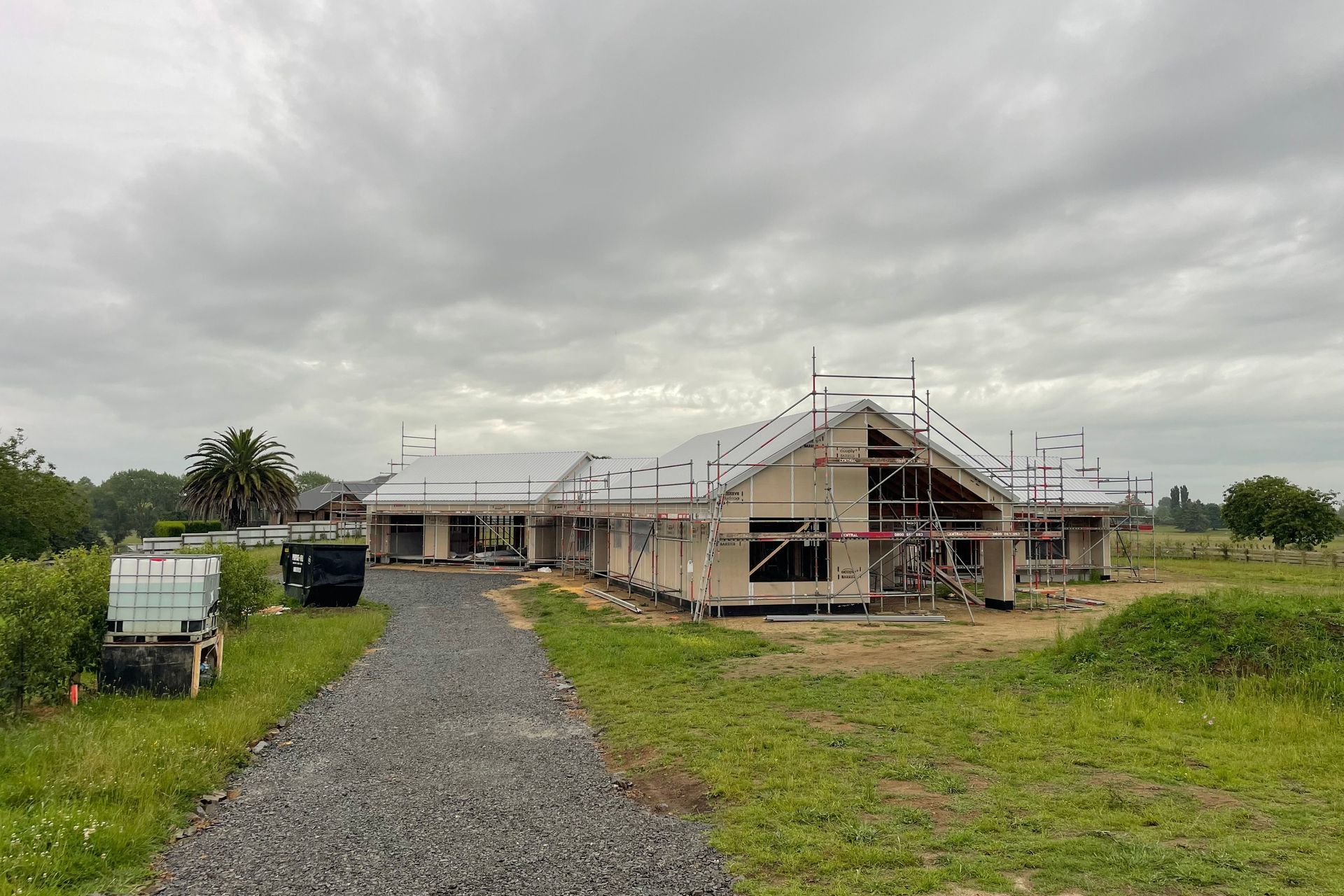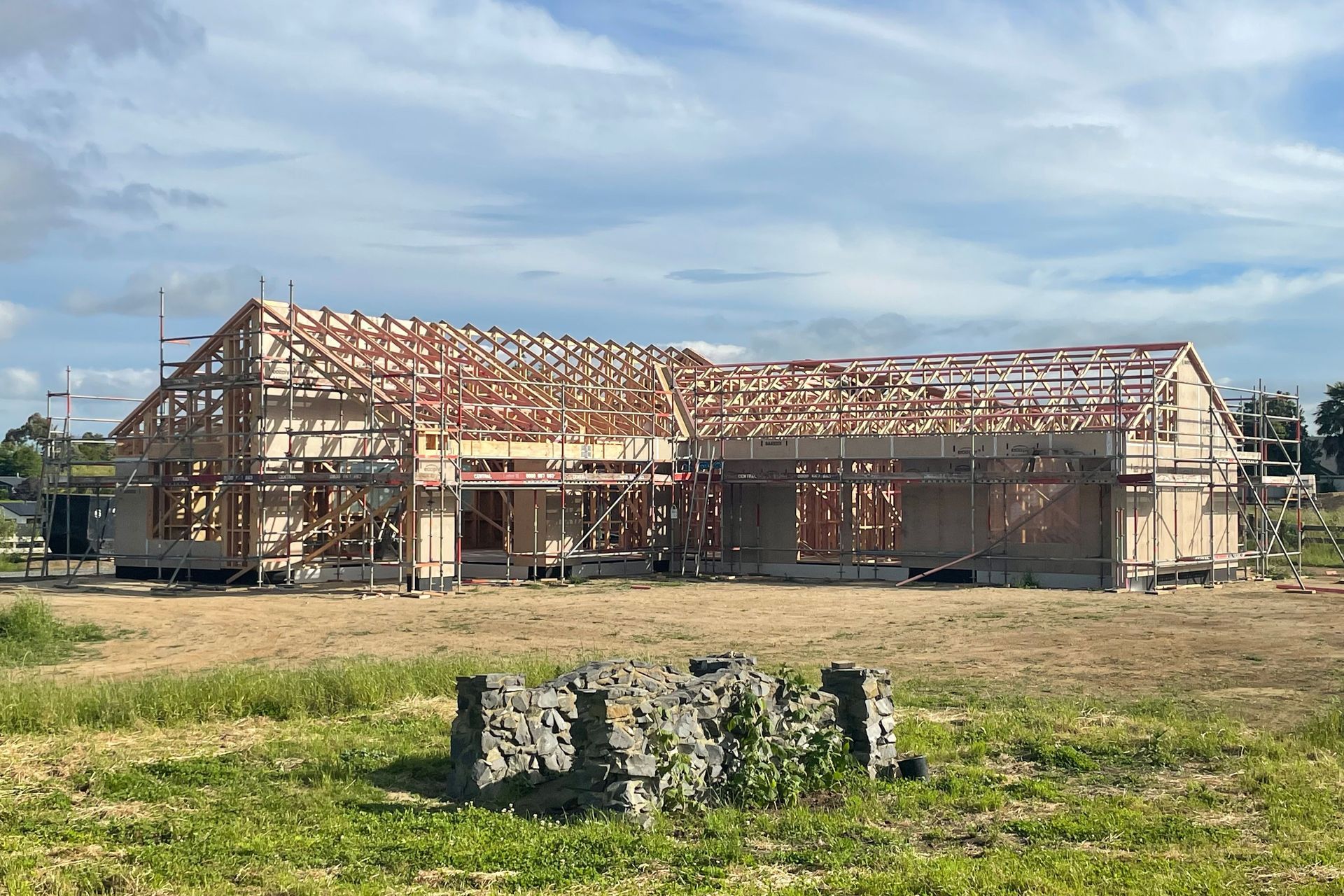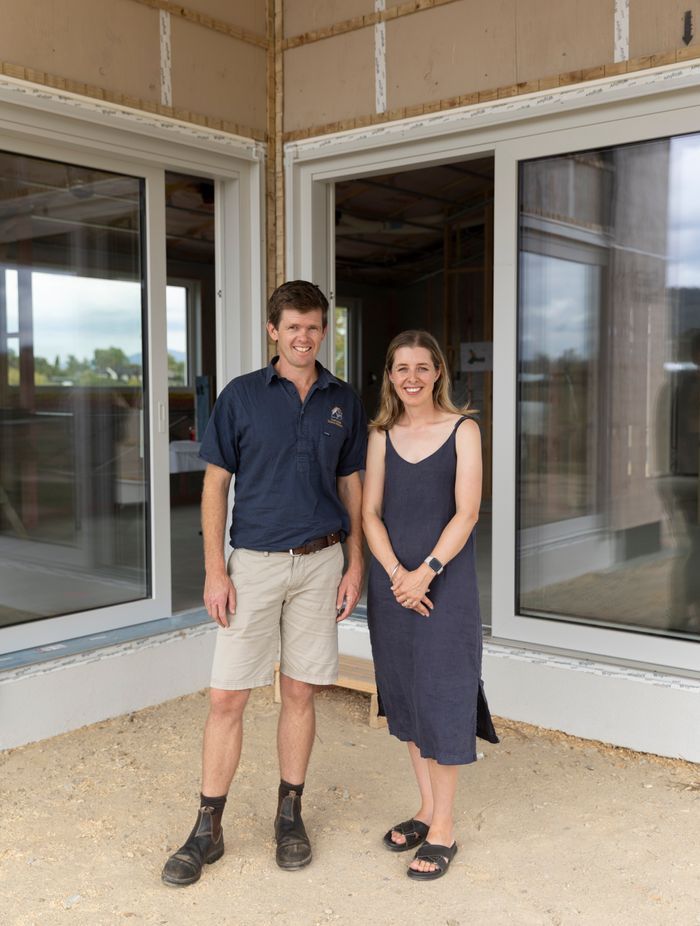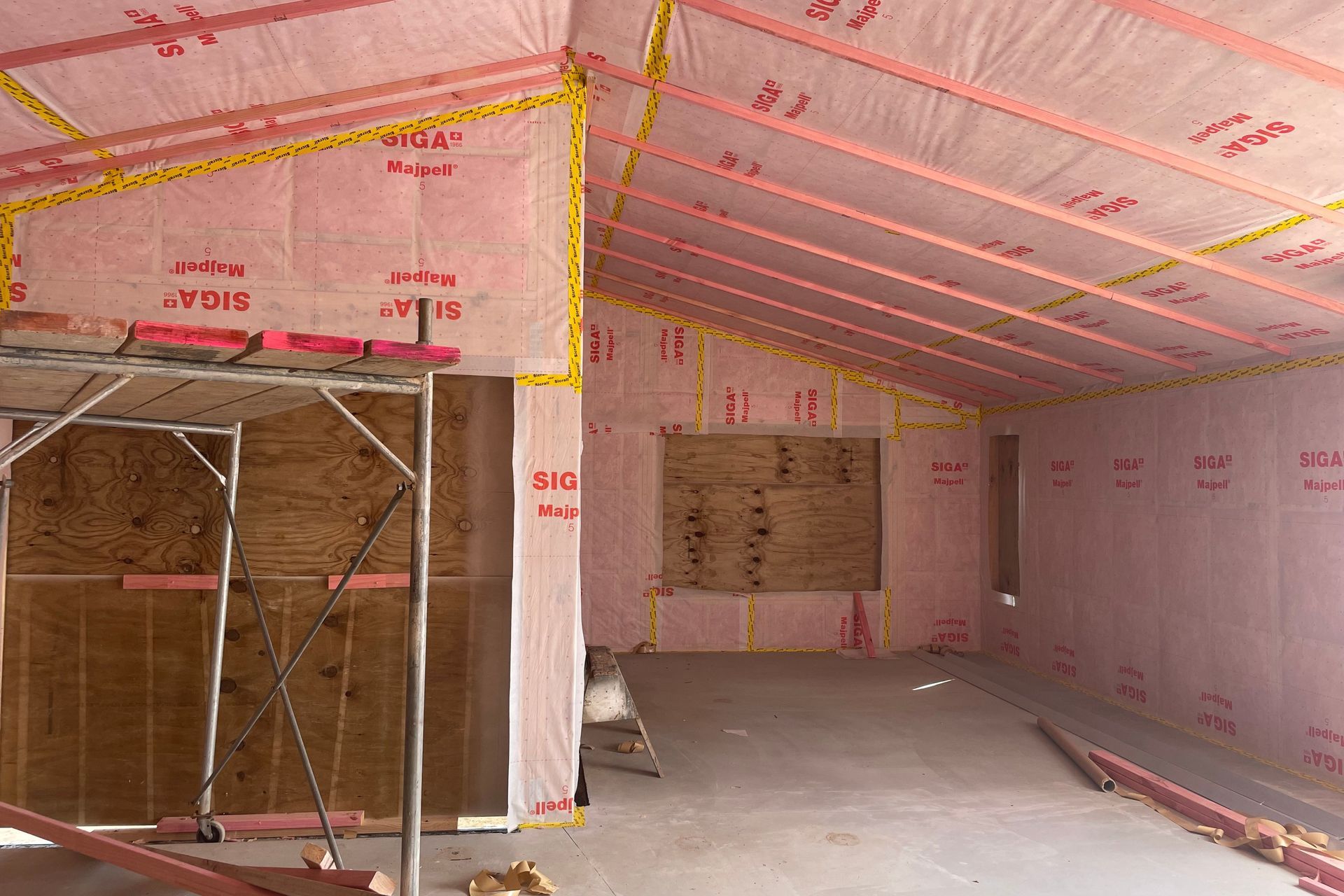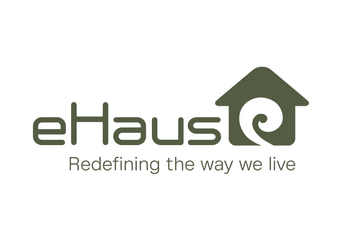From slugs in the hallway to year-round comfort: How a high performance home changes life
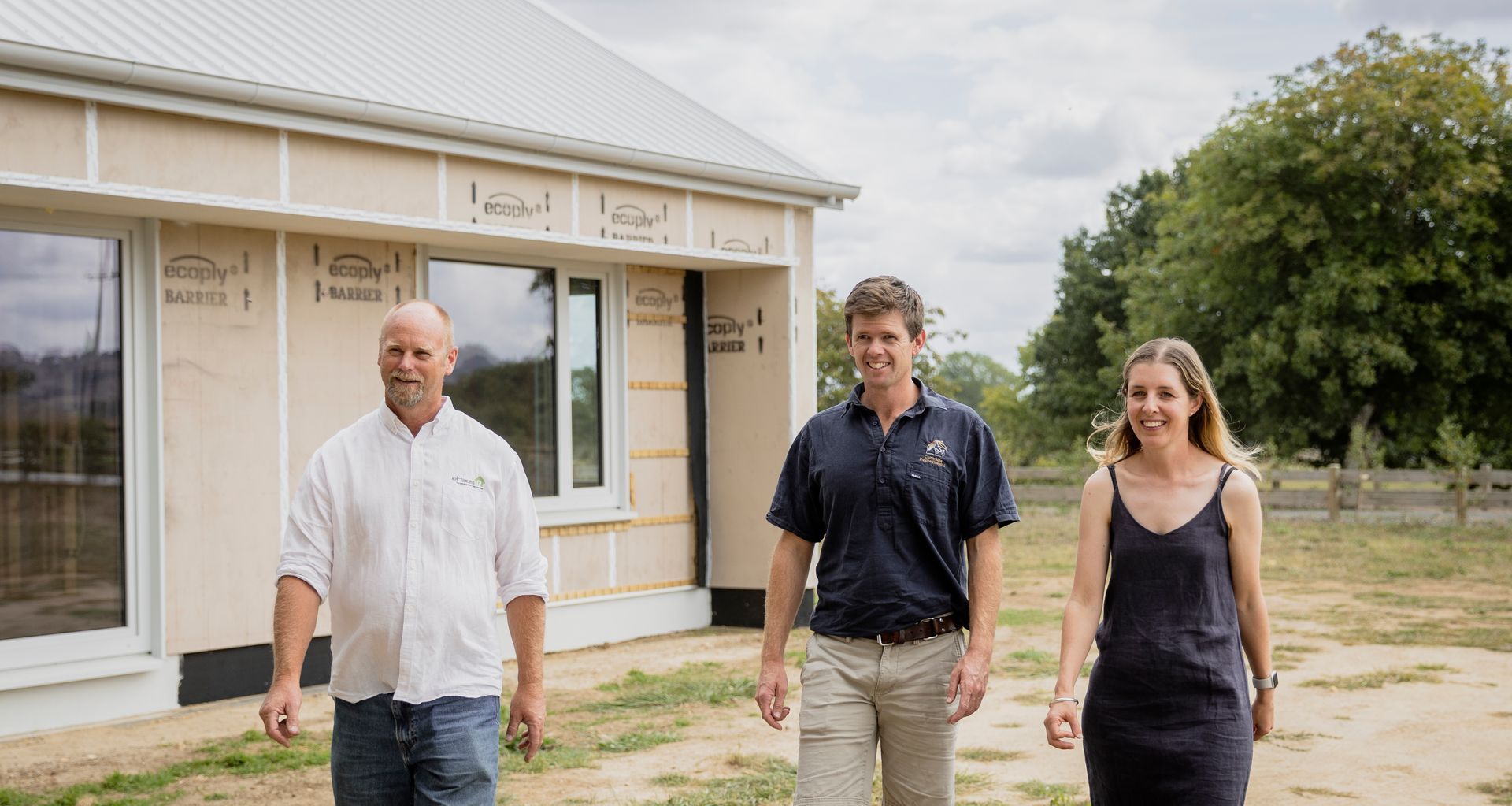
Craig and Melissa Lawrence used to live in a house so cold, damp and draughty that they’d find slugs on the hallway floor.
Now, they live in a house that’s the same comfortable 18 to 19 degree temperature every morning, even when it’s -1 degree in Cambridge, as it has been this month.
The Lawrences, who have three primary school age children, always wanted to live in a warm, healthy home. They renovated their former 1910-built cottage extensively, adding insulation and double glazing, and dealing to most of the condensation and cold.
Craig and Melissa Lawrence developed an interest in passive house building when they renovated their previous 100-plus-year-old home.
“The condensation used to literally pour off the bedroom windows - we had to have a towel on the floor,” Craig recalls. “We made it so much better, but even with the standard double glazing you still get some condensation.”
During the renovation process, Craig encountered high performance building. “I did quite a lot of research and decided that if we ever got the chance to build new, then it would be a passive design,” he says.
“We wanted a home that’s a constant and comfortable temperature year-round, with low moisture levels and minimal energy usage to achieve it. The idea that you can come home from work or school on a miserable winter’s day - or hot summer’s day - and walk into a house at a comfortable temperature, was a huge drawcard.
“It’s exciting to use proven building science principles to create a really great environment to live in.”
The result is a new high performance home built by ehaus Waikato, designed to maximise natural light, airflow, and thermal efficiency. Key features include north-facing bedrooms for warmth and light, an open-plan living area with large sliding doors, and a cleverly designed roofline to balance sun exposure throughout the year.
The slab is fully insulated and the home is airtight, with MHRV - mechanical heat recovery ventilation. The carpet is 100% New Zealand wool and the wall insulation is Terra Lana wool.
“Even small design decisions, like rotating the house just five degrees, improved its thermal performance by about 15%,” Craig explains.
They’ve been in since mid-July, and Craig says it’s amazing.
“It’s been cold for Cambridge, light frosts every morning. It was -1 this morning, with highs of 14, 15 during the day. We have ducted central heating but we haven’t had it on.”
Visits from their youngest child at 4.30 in the morning - when he was feeling cold - are a thing of the past. All the children’s bedrooms face north-east, as does the living area.
Craig says the build process took just over nine months and was a good experience. “The only thing that went wrong in the whole build was that the tap we’d chosen for the kitchen was the wrong orientation... not really that important.”
Industry estimates put the cost of building this way at about 17% higher than standard building-code-minimum builds.
Craig is keen to get the message out about Passive House and has been sharing the journey on Instagram.
“I wish there was greater adoption because there are a lot of components that could be adopted more widely at not that much more cost.
“We’ve had a few friends around and they were just so amazed at how comfortable and warm it was inside. If you could spend a night in a Passive House when it was cold, you would be converted.“
